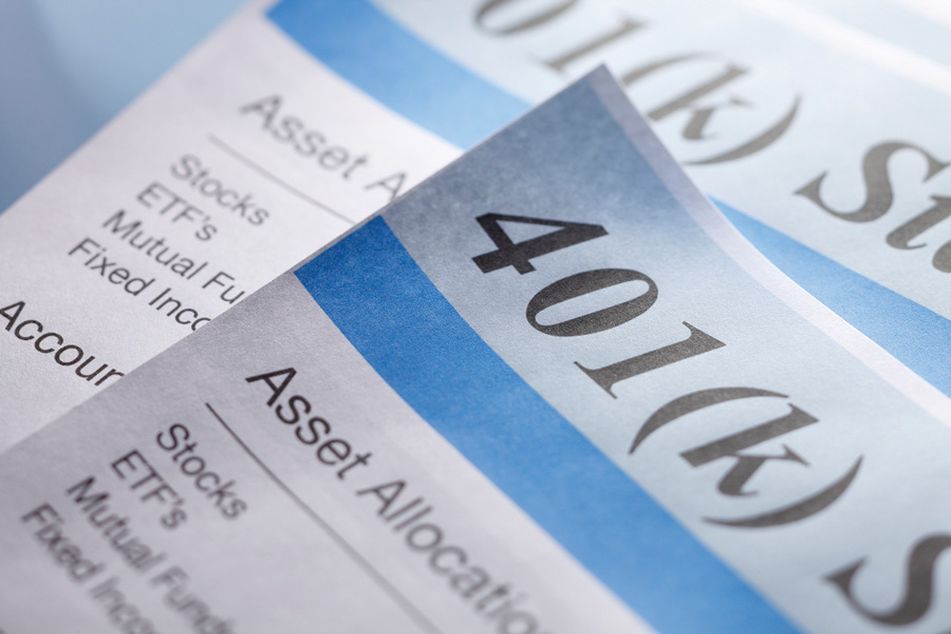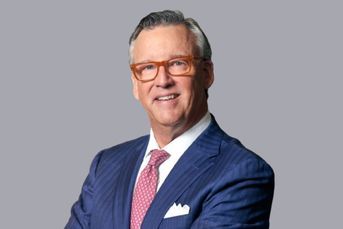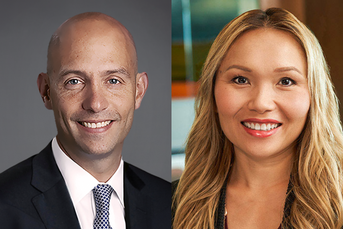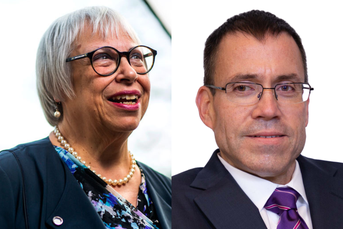401(k)s treat fixed income as an afterthought: Survey

Defined-contribution plans generally place more emphasis on stock funds than fixed-income options
Retirement plan advisers don’t give as much thought to fixed income as they do equity investments — but that might soon change, a report published Tuesday suggests.
It is well established that 401(k)s and other defined-contribution plans place much more emphasis on stock funds, as those investments outnumber fixed-income options on plan menus by roughly three-to-one, according to a survey published by affiliates of the American Retirement Association. But what the survey uncovered is that plan sponsors and advisers often treat fixed income as an afterthought, evaluating those investments less thoroughly than they do equities.
“The numbers are indicative in some respects to the time and attention that is given to those options,” said Nevin Adams, chief content officer of the American Retirement Association. “The thing that has all the sex appeal, if you will, is the equity options.”
For example, 72% of plan advisers said they apply style boxes to the core investment options on their menus, but only 40% said they do so for fixed income investments, according to the report.
The survey, which was sponsored by Janus Henderson, was conducted between Jan. 21 and Feb. 21 among about 100 plan sponsors and 200 retirement plan advisers. The report comes from ARA affiliates, the Plan Sponsor Council of America and National Association of Plan Advisors.
While it isn’t necessarily a problem for 401(k) plans to have a higher number of equity investments than fixed income options, fiduciaries should work to ensure that do-it-yourself plan participants, or those who do their own asset allocation, are able to make well-diversified 60/40 portfolios, Adams said.
“It’s less about what the number of options on the menu say. It’s what those options are and how they fit into the portfolios,” he said. “If you’re going to be a self-directed investor and put together a balanced portfolio, are you getting the option to find something other than the stable value or money market fund?”
On average, DC plans have 3.7 fixed income options on their menus, compared with 10.3 equity investments, according to the report.
Across 401(k) plans, an average of 36.3% of assets are invested in domestic stock funds, 6.6% in international stock funds, 21.3% in target-date funds, 3.2% in other balanced funds, 6.7% in domestic bond funds, 0.3% in international bond funds, 1.9% in money markets, 8.9% in guaranteed investment contracts and 14.8% in other investments, according to data from the Investment Company Institute and BrightScope, as of the 2016 plan year.
The most common fixed-income options on plan menus are stable-value investments (67.4% of plans) and index funds (61.1%), according to the ARA report.
To evaluate fixed income investments, factors such as plan participants’ risk tolerance and retirement ages were considered by both advisers and plan sponsors, according to the report. However, sponsors and advisers tend to not consider other factors, such as participants’ gender, level of education and whether they have assets in a defined-benefit plan, the report noted.
The top reasons why advisers said they pick individual fixed-income investments are performance (98.5%), fees (95.1%) and level of risk and reward (94.6%).
MARKET ROLLER COASTER
This year’s volatility will almost certainly lead to more discussions about fixed income options in plans, Adams said. Plan sponsors and advisers should also be evaluating the underpinnings of the target-date funds on their menus, taking a close look at the fixed-income components of those products, he said.
“Plan committees are getting ready to sit down and look ahead to the third quarter,” he said. “If there is ever going to be a fresh time to have a wakeup call … it seems to me like this would be a good time.”
Advisers should be educating themselves ahead of those meetings about the range of fixed-income options available to their clients, he noted.
Just over a third of plan advisers surveyed said the education about fixed-income products they receive from asset managers is “outstanding,” according to the report. But over 14% said education is lacking.
“You need to be aware of the fixed-income options that are out there, and you ought to give them the same kind of attention that you are giving the equity stuff, particularly given the market environment that we’re in and we’ve been through,” he said.
Learn more about reprints and licensing for this article.








